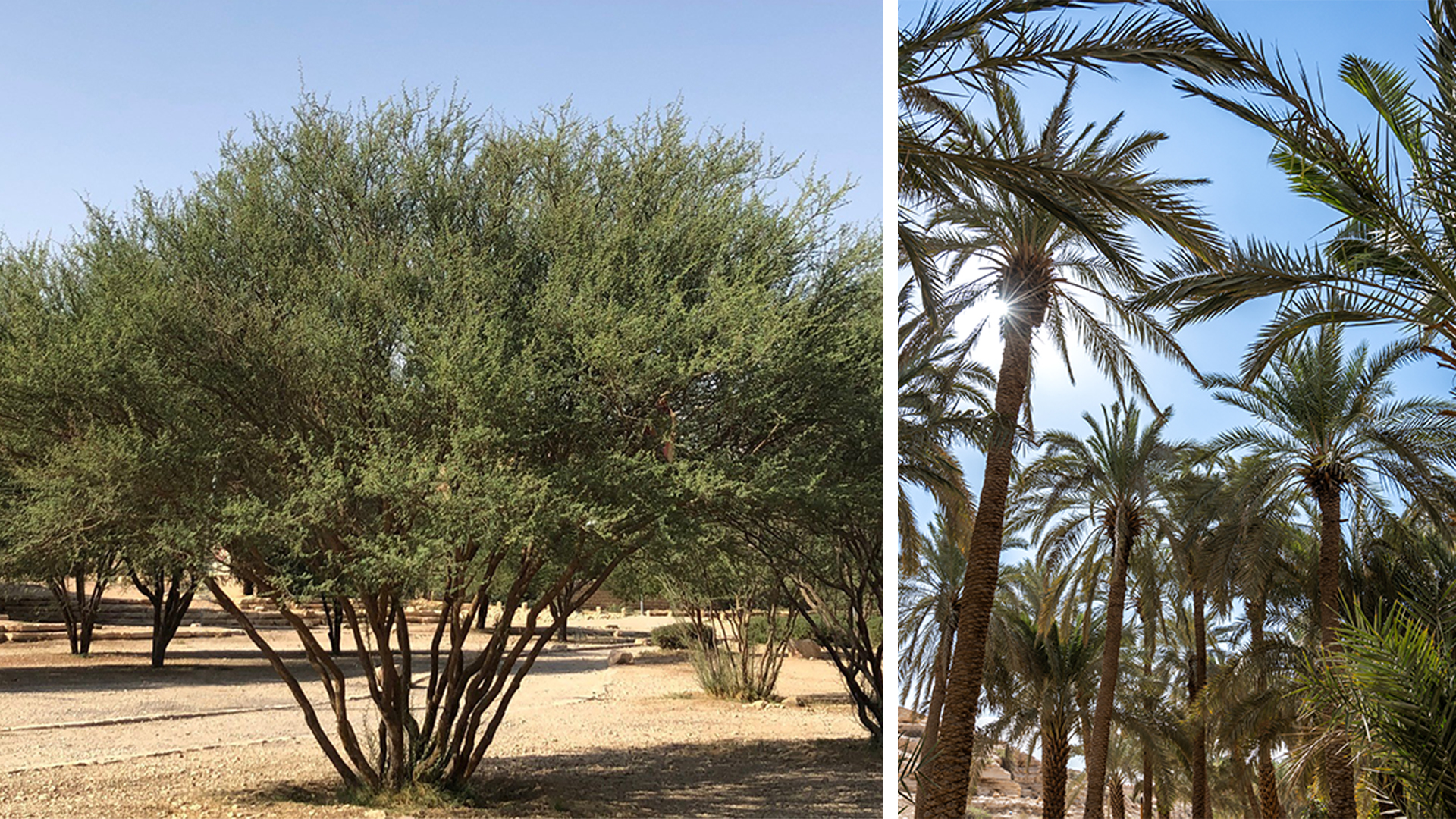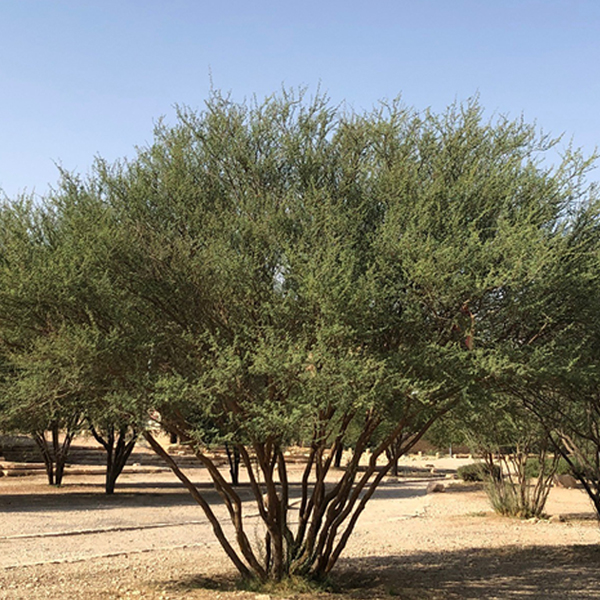On the International Day of Forests we celebrate the Native Forest Groves of Palms, Sidr & Acacia at Wadi Hanifah, Diriyah
In the distinctive shadow of the C15th At-Turaif World Heritage Site in Diriyah, Riyadh, the indigenous honeybee, Apis mellifera dementia, feeds on the nectar that flows abundantly from native forest groves of Zizyphus spina Christi and Acacias such as A. gerradii , A. ehrenbergiana, A. tortilis and A. nilotica.
Set in this ancient landscape amongst the historic palm plantations, we planned and designed the restoration and recreation of abundant flowering forests, which amongst other important habitat provisions, offer a year-round supply of nectar and pollen for bees. This will help restore their declining populations. Over the past few decades poor farming practices, global warming and disease have contributed to bee colony collapse. Bees play a crucial role in global food security. Nearly 75 percent of the world’s leading crops depend on pollination by them therefore their loss threatens the stability of global access to good nutrition, so the planting of flowering trees for them to feed on is vital.
Our planting design at Wadi Hanifah also anticipates the development of apiaries in the future. Honey production has a long history in Saudi Arabia and provides a delicious and culturally valued food. Sidr honey harvested from bees that feed from Zizyphus trees is a signature product and hugely prized for its healing antibacterial and anti-inflammatory properties. And honey is big business – The Saudi honey industry is worth around SR300 million and employs 14,000 beekeepers.
This economic value can help reinforce the bees’ role as a keystone species ensuring that the protection of their habitat helps to protect that of many other important forest species such as the Lappet-face Vulture which builds its massive nest on the flat top of a mature Acacia tree and the Great Grey Shrike which uses the thorns of Acacia trees to impale its prey which includes crickets and grasshoppers.
As a landscape architectural practice, it’s hugely rewarding to help restore these diverse forest ecosystems that contribute to the natural heritage value and regional culture of Wadi Hanifah and to the characteristic historic treed setting of the At-Turaif World Heritage Site.



